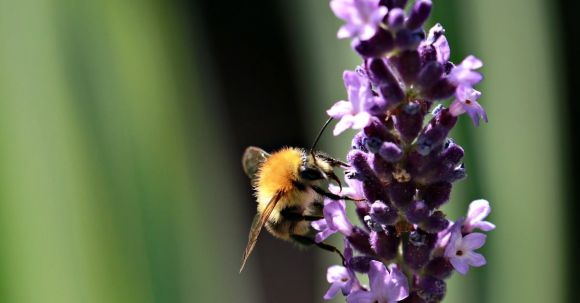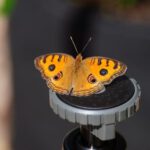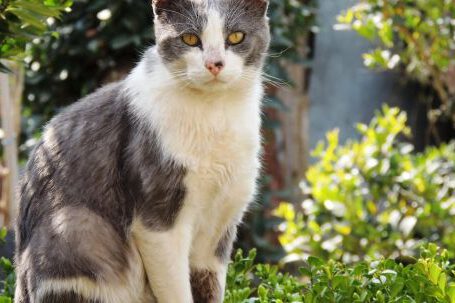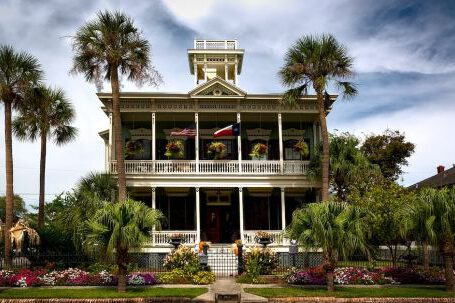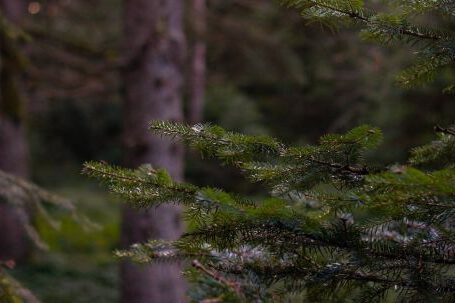Creating a pollinator garden is not only a great way to beautify your outdoor space, but it also plays a crucial role in supporting the health and well-being of important pollinators like bees, butterflies, and hummingbirds. By designing a garden that provides a diverse range of food sources and habitat, you can help these essential creatures thrive. In this article, we will explore the key steps to designing a successful pollinator garden.
Choosing the Right Location
The first step in designing a pollinator garden is selecting the right location. Look for an area in your yard that receives at least six hours of direct sunlight each day. Most pollinator-friendly plants require ample sunlight to grow and produce flowers. Ensure that the area is well-drained to prevent waterlogging, as excessive moisture can harm the plants and the pollinators.
Selecting the Right Plants
When it comes to selecting plants for your pollinator garden, diversity is key. Choose a variety of native plants that bloom at different times throughout the year. This will provide a continuous source of nectar and pollen for the pollinators, ensuring that they have food throughout the seasons. Native plants are particularly important as they have co-evolved with local pollinators, making them well-suited to their needs.
Some popular choices for a pollinator garden include milkweed, coneflower, bee balm, and asters. These plants are not only attractive to pollinators, but they also add beauty and color to your garden.
Creating a Water Source
In addition to nectar and pollen, pollinators also require a source of water. Including a water feature in your garden, such as a shallow birdbath or a small pond, can provide them with the water they need. Be sure to keep the water source clean and filled regularly to ensure it remains a safe and reliable place for the pollinators to drink and bathe.
Providing Shelter and Nesting Sites
Pollinators also need shelter and nesting sites to thrive. Incorporate a variety of plants with different heights and structures to create a diverse habitat. For example, you can include tall grasses, shrubs, and trees to provide shelter and nesting opportunities for pollinators like butterflies and birds. Adding a few dead trees or branches can also attract solitary bees that nest in cavities.
Avoiding Pesticides
To create a truly pollinator-friendly garden, it is essential to avoid using pesticides. These chemicals can be harmful to pollinators and may disrupt their natural behaviors. Instead, opt for natural pest control methods, such as companion planting or handpicking pests. By creating a healthy ecosystem in your garden, you can naturally keep pests in check and provide a safe environment for pollinators.
Maintaining Your Garden
Once your pollinator garden is established, regular maintenance is necessary to keep it thriving. Water the plants as needed, remove weeds, and deadhead spent flowers to promote continuous blooming. Regularly monitor for pests and diseases, and take appropriate action if necessary. By caring for your garden, you are ensuring the health and well-being of the pollinators that depend on it.
In conclusion, designing a pollinator garden is a rewarding and important endeavor. By choosing the right location, selecting a variety of native plants, providing a water source and shelter, avoiding pesticides, and maintaining your garden, you can create a haven for pollinators in your backyard. Not only will you be helping these essential creatures, but you will also be able to enjoy the beauty and wonder of a thriving pollinator garden.
